At this time of year, many gravel riding fans probably spend a good chunk of time watching the different races that form part of the Spring Classics season on the TV. Although there isn’t a direct link between a love of bikepacking or adventure riding and a love of pavé, a lot of the principles are the same – riding an inappropriate bike on a surface that it’s not really designed for and having a lot of fun in the process. There’s a big difference though between watching it on TV and actually doing it in real life though. And an even bigger difference between riding one of the Spring Classics events and riding all of them, non-stop, over the course of just over 80 hours. That’s exactly what Jesko von Werthern did back in 2022 and we caught up with him to get the inside story.

Anyone who considers signing up for the Classics Story bikepacking event would probably be considered slightly crazy even by experienced ultra-distance riders. The route is 1200 km in length and takes in sections of more than ten of the Spring Classics events including the infamous Paris-Roubaix pavé, the bergs of the Tour of Flanders and the relentless climbing of the Liège-Bastogne-Liège. So, what would make someone sign up for it, what training & preparation would you need to do and what was it like to ride? These were the questions we put to Jesko von Werthern, managing editor at komoot and ultra-distance rider.
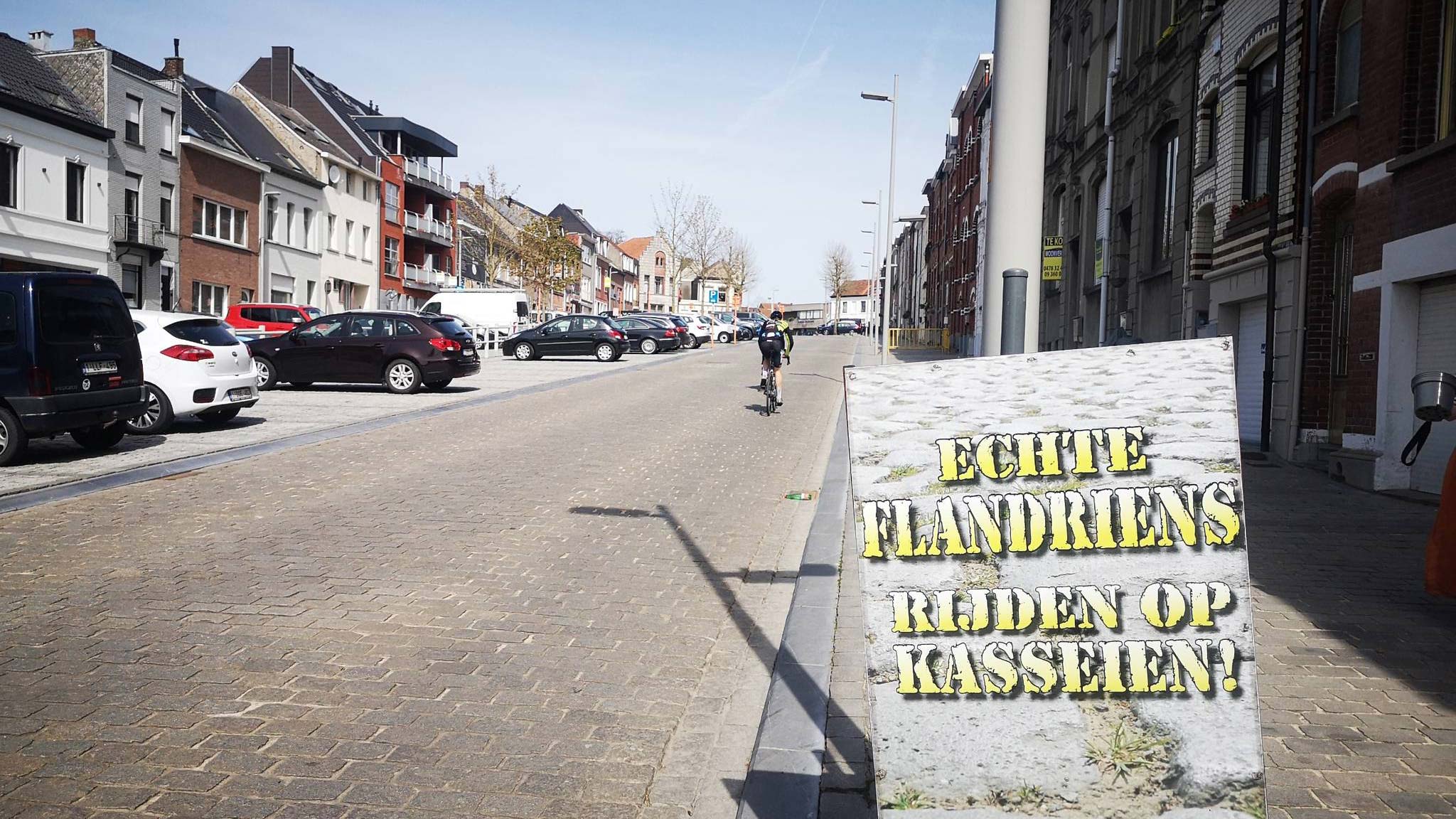
We started off by asking Jesko about his background and what inspired him to first try ultra-endurance riding?
“I'm a managing editor at komoot. I'm taking care of sponsored collections and we have a team of 45 freelancers that we're coordinating. For almost three years I was freelancing for komoot, writing collections, before I joined the team full-time. Before that, I used to be a translator, translating English into German for many years. As I started getting more and more into cycling about ten years ago, I also veered professionally into that realm. For a while, I was translating subtitles for cycling-related films and stuff like that. Now I'm completely in the outdoor bubble - cycling, hiking, running, all that stuff, both writing about it and producing content. I always used to cycle like most people do, to school and stuff. But I got more into it about ten years ago. It was about the time when I first heard about the Transcontinental Race (TCR), and I was completely fascinated with that. I thought I could never do that, but it changed my perception of what's possible on a bike. In the following few years, I started to ride longer and longer. I started to do Brevets, what I think you call Audax in the UK, and the distances became longer and longer.”

Jesko continued with his story “Then I think in 2016 I signed up for my first ultra, the Transatlantic Way. It was actually the first edition. That year I had applied for the TCR, but I didn't get a spot, so I did the Transatlantic Way instead and I loved it. I did it three years in a row and became good friends with the organiser. I was hooked on that kind of riding. I was never really a fast rider, but I just enjoyed the challenge aspect and also the exploration aspect. All the things you get to see when you're all day on a bike, it's very, very interesting. After that, I did at least one big race every summer. Next, I did the TCR, which I love. I'm actually going to do it again for the fifth time this summer. It starts in Roubaix this year so there's going to be some cobbles involved as well. I’ve also done races in Poland and in Germany and I also mountain bike a bit. So yeah, I did a lot of events over the last few years.”
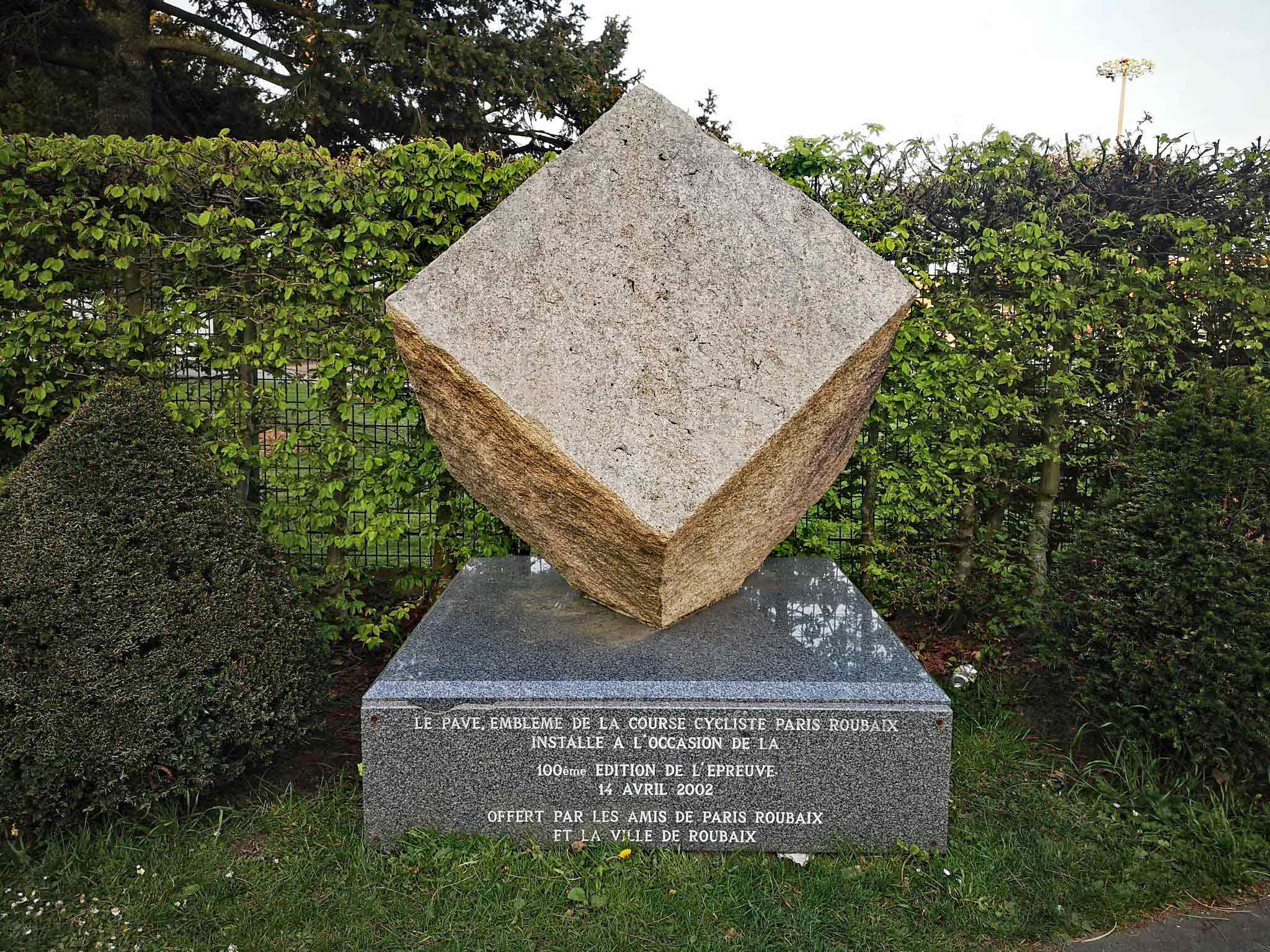
With some insight into his riding background, next we asked Jesko what inspired him to sign up for the Classics Story?
“The Classic Story[that I rode] was in 2022. It had been on my radar for a while because I really loved the idea of it. I loved watching the Spring Classics races. And I did the Tour of Flanders sportif. So, I had an idea of riding on cobbles, but I didn't have an idea how the cobbles in Roubaix were - they are way worse! That whole idea of just stringing them all together - that really fascinated me. I think I had it on my radar for one or two years, but initially, it didn't work out from a time schedule perspective. Then in 2022, it did work out. I signed up at pretty short notice. There were not many riders – I think only around seven in total. It should be way more popular, but I enjoyed it that it was a bit like grassroots-style event. I turned up there [at the startline] in Ghent and there was this guy, Justinas Leveika. Not many people knew him at the time, but I was already following him and I knew I had no chance of winning against him.”
Before we got deeper into what it was like to take part, we asked Jesko for an overview of the event. What did it involve, how did it work and what was the ethos behind it?
“The Classics Story has a route of around 1200 kilometres and it strings together sections from all the Spring Classic races, or all the important ones at least. It starts in Ghent, Belgium and finishes in Valkenburg, The Netherlands. When you sign up, you get the track but what you make out of it is up to you. So, if you stop, where do you stop? All these things are up to you. There are no stages. There is no support. The typical rules of these kind of events are that you can use everything that is available to everybody else. So, you can go into a bike shop, as long as you pay for it and you get there yourself. Obviously, you can buy food and stuff in shops, but you can't have a friend bring you spare parts or have a car driving behind you and handing out water bottles or anything like that. So, it's pretty simple, actually - you just try to finish the whole course as quickly as you can. There is nothing to win - that is also very common in these races and I think it's an important part of the ethos because it's all about the people that participate - they do that based on their own drive. They don't want to gain any financial benefit. It ties in with that whole ethos that you rely only on yourself. It's a bit of an honour thing, I guess. “
Jesko continued with his overview of the event. “The overall route is made up of the famous sections of the Spring Classics. You have the windy ones first, those which are relatively flat. Then you head back inland again towards Roubaix. You get to Roubaix first and you get to do two laps on the velodrome just because! And then you do the cobbled sections that normally lead into Roubaix, but you’re doing them in the dark, which adds an extra element to it. Then, in the second afternoon, you do sections of the Tour of Flanders route and the Flandrian climbs around Oudenaarde. And then you do the Brabantse Pijl. That was the second evening and it leads into Leuven and by this time you’ve been riding for a day and a night already. You’ve still got more than 500kms to go at this point and the route includes sections of the Liege Bastogne Liege, Flèche Wallonne and finally the Amstel Gold Race, before finishing in Valkenburg.”
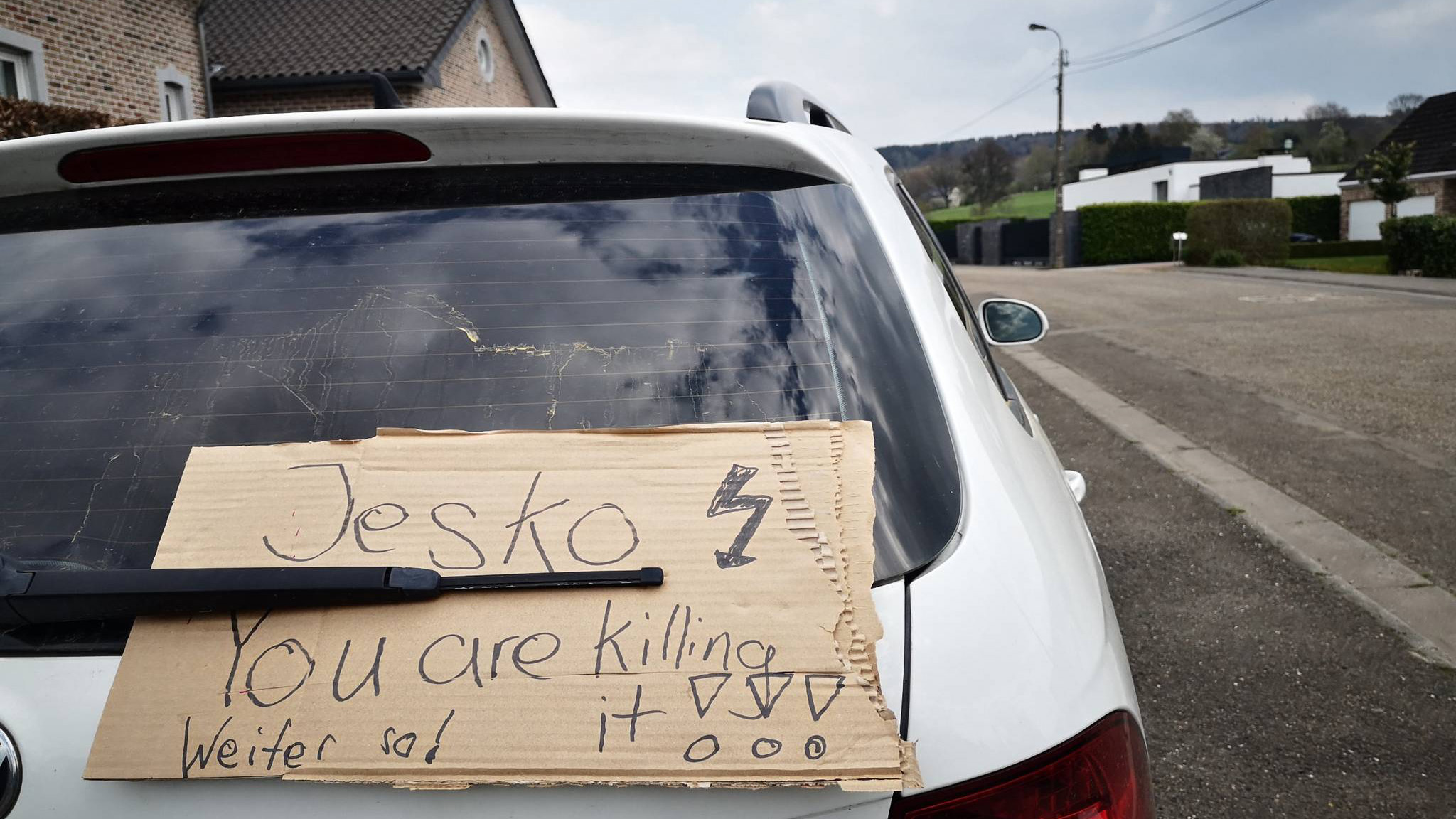
Our conversation moved next to how the event went?
Jesko explained “Overall, there were not many riders and some of them, I think, didn't take it super seriously, but I would still call it my proudest result, to come second behind Justinas. It just went really well. I had a rough plan of trying to ride about half of the course in one go, then sleeping and then trying to hold on and maybe doing the second part more or less in one go. And it turned out pretty well. Apart from an annoying slipping seatpost, it was relatively stress-free. Justinas stormed off from the beginning and nobody ever saw him again basically. I spent the majority of the time going back and forth with another German guy. Well into the second day he was always just behind me and that motivated me to get to keep going.”
Jesko continued with his tale. “Riding the cobbles of Roubaix in the dark definitely stands out as an important memory. I would say it was probably not the bit where I had the most fun! I was swearing a lot, but I remember just being fascinated by the situation - I'm actually doing this and I think overall, I had fun in the dark. It just felt good. Coming into Leuven at the end of the first stage, I called ahead to book a room because at that point I was on the bike for 36 hours or something. So, like a day, a night and I was really on my limit. I know Leuven because I have friends there, so in my head, that was a good place to break up the ride. I ended up sleeping a bit too much, probably 5 or 6 hours, which is relatively long, but I needed it. And then, I kept going.“
“In the second stage, there's a lot of gravel between Leuven and Huy. In Huy, I finally got my seatpost fixed - that kept slipping and was super annoying and I thought, I cannot start the long climbs of the Ardennes sitting too low - that will kill me. The Liege-Bastogne-Liege climbs, which I also know quite well because I live in the area were again at night. During the next night, I needed some power naps. I think two or three times I just laid on a bench and closed my eyes for 10-20 minutes. And that's how I got through that last night. The sun came up again and then I had a puncture – my only one of the entire event. After that, I had 150 km or something to go through. It felt like the final sprint or something, but it's still a long way. But I was lucky because I had some friends cheering me on. We rode side by side for a while - you're not allowed to draft, obviously, but you can ride parallel. The last kilometres really flew by because there was so much distraction and I knew the finish was coming soon. I finished in the early afternoon in Valkenburg.
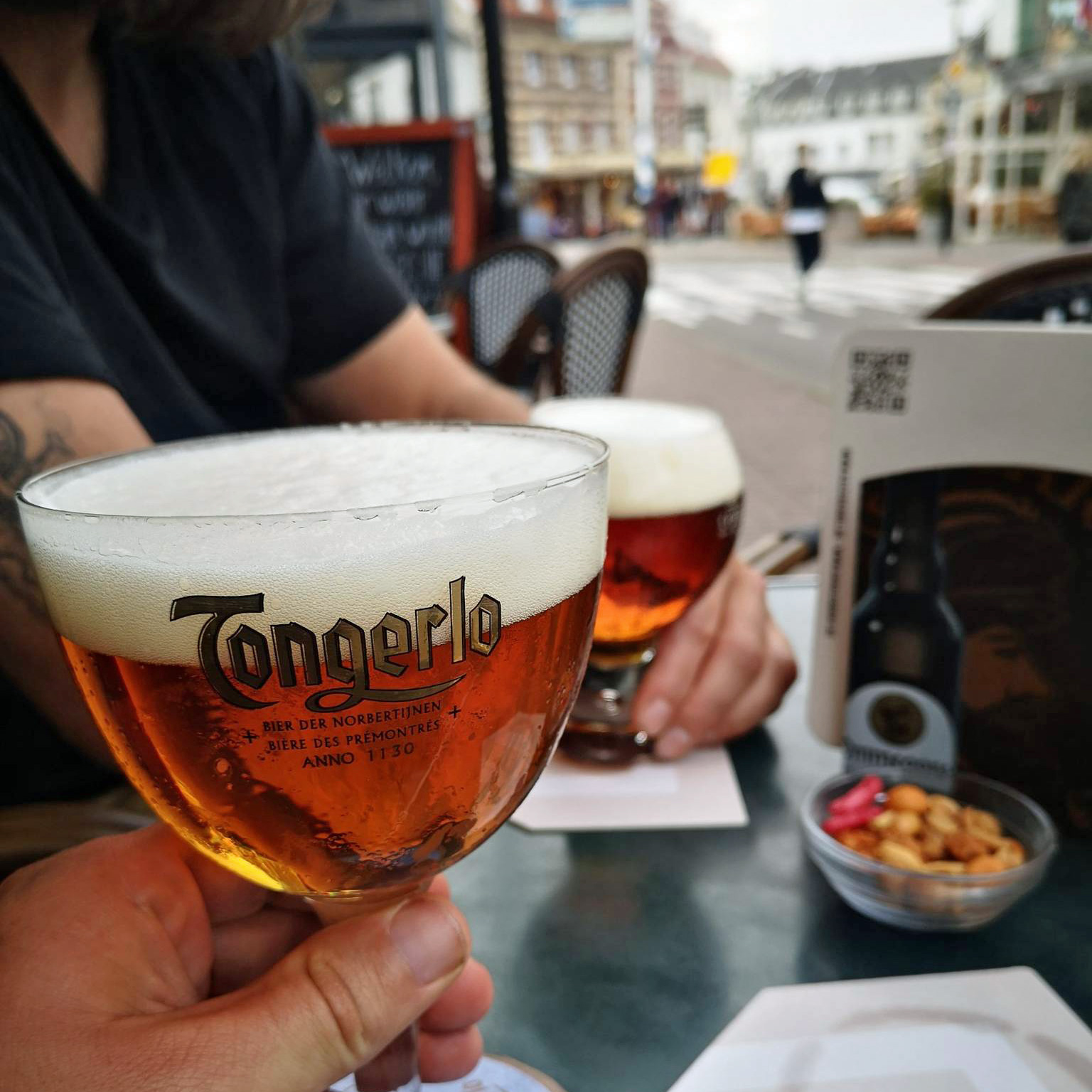
“In hindsight, I'm really happy with how it went, because the way I felt afterwards showed me that I couldn't have gone any quicker - that was my limit. The guy who finished first was hours ahead of me, but I'm totally fine with that. I'm proud of my ride and how it went. And it was just a great experience. A few years ago, when I did the Ronde van Vlaanderen sportif, I kind of thought “that's cool, but maybe next year I'll do a different one”, because at most of the Spring Classic races now, you can go and ride the course the day before the pros. At that point, I thought maybe I could do one each year, but then I ended up just doing them all at once! And now I feel like I've had my fill. It's also cool to watch the classic races on TV now and just realising that I've been on all these climbs. If you're a fan of these races, it's just a crazy way to experience them and in a setting where you're racing too. I think I took three and a half days in total. But there were people that took seven days. They were sleeping a bit more, maybe stopping more often and I don't know, maybe ultimately they got more out of it because the experience went on longer. But I really liked that feeling that I was always on my limit.”
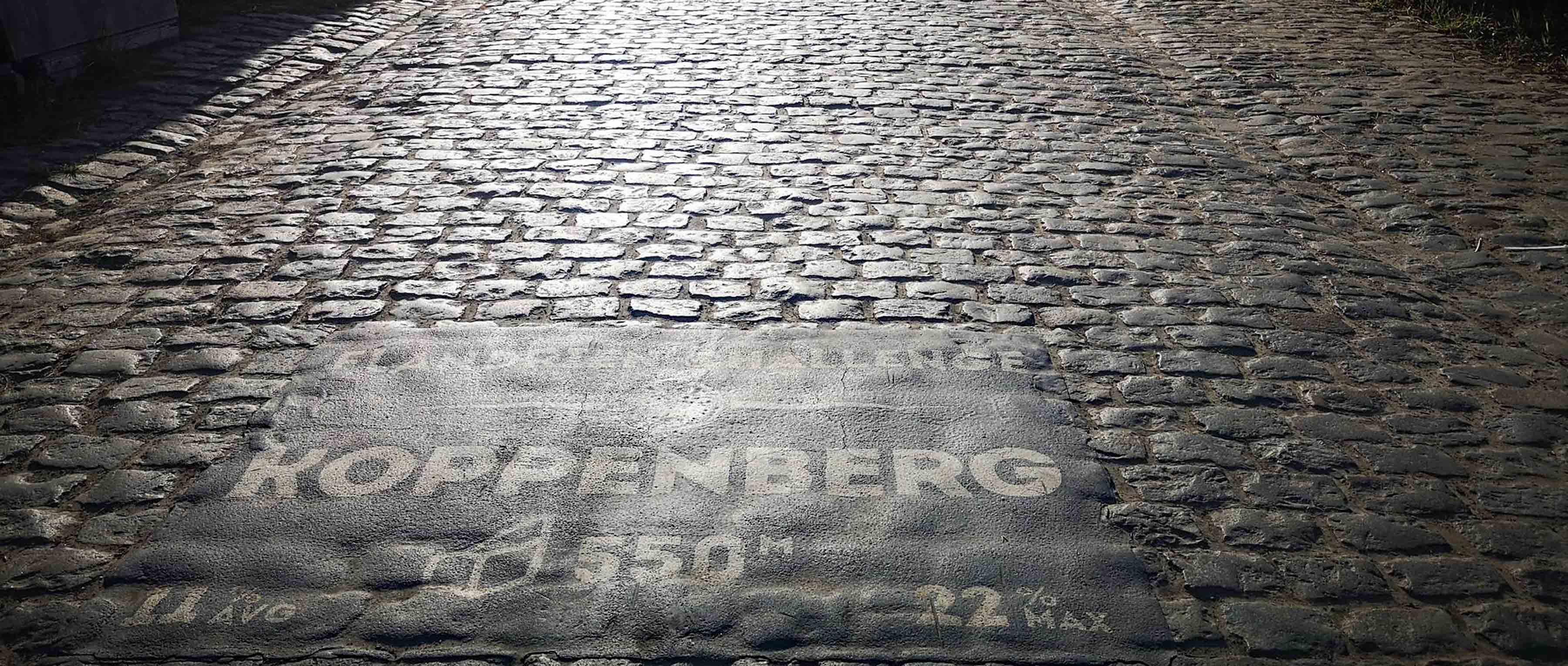
We finished off by asking Jesko if he had any advice for anyone considering signing up for the Classics Story event in the future?
“I think you really have to want it. It shouldn't be something like oh, that sounds fun, I'm going to try it. You have to know what you're up against. Or maybe not exactly know what you're getting yourself into, but at least accept that it's going to hurt! You have to have a strong motivation. But that goes for all kinds of long-distance races. There will be low moments where you are doubting yourself. What am I doing here? Why am I not just going home? And these are the moments when you then have to remember why you're doing it. So, it really helps to have a strong reason to do the event.“
On that note, we left Jesko to continue with his preparation for this year’s TCR. If you happen to watch the 2024 Paris-Roubaix event and marvel at how tough it looks, just consider the fact that Jesko rode most of the worst bits in the dark. And he still had nearly 800 km left to ride after he crossed the Paris-Roubaix finish line too…..
All images courtesy of @Jesko von Werthern